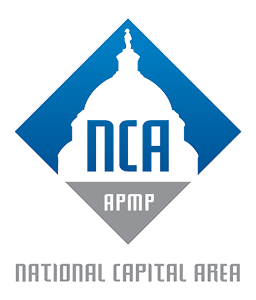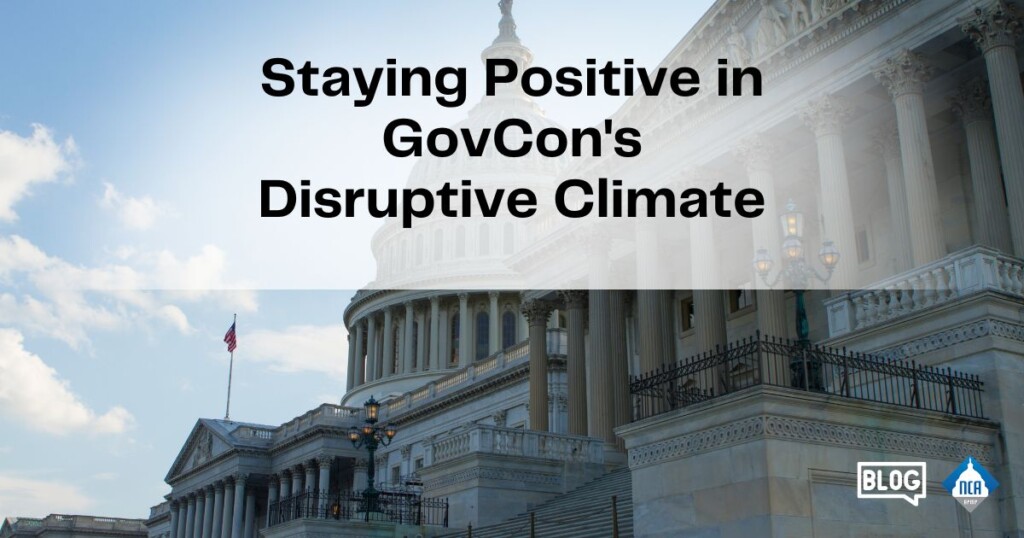Given the obligation of public sector organizations, and some corporate or private enterprises, to approach the market and run competitive selection processes (aka calls for tenders, bids and proposals), there are many potential proposal opportunities that may vie for your business development time and effort.
Federal News Network reported in 2020 that “[U.S. government] agencies spent more on procurement in fiscal 2019 than in any of the previous 10 years.” According to the U.S. Government Accountability Office, $584 billion was spent on procurement last year. And since the COVID-19 pandemic hit in early 2020, the U.S. government has spent $1.9 trillion (at the time of writing) as part of the overall federal response to COVID-19.
And in my country, in 2019-2020 there were 81,174 Australian government contracts awarded, with a combined value of $53.9 billion.
With this high level of procurement activity likely to continue in the near term as governments seek to stimulate economies and corporations look to emerge from the pandemic ready to do business, there will be no slowdown in opportunities to sell more of your product, services or solutions anytime soon. And a febrile climate can mean that clear-eyed judgment and critical thinking can often go out the window in a frenzy to bid on just about any opportunity that comes your way, particularly with many businesses on the supply side across a vast range of sectors experiencing a downturn in revenue.
It’s hard to say no, especially if your business has been “specially selected” or invited to submit a proposal. It’s not unlike the “maybe, maybe, maybe” of feeling flush for a few seconds upon opening a sweepstakes-style email — maybe you really have been randomly, or even specially, selected to participate. And then you snap out of it!
Look Out for the Pre-RFP Red Flags
While the world of procurement and proposals is far less crass than the spam sweepstakes approaches and (usually) not a “scam,” there can be a couple key red flags to watch for even before the RFP is released.
In some RFP scenarios, the obligation to approach the market can also mean for some high-risk, tricky or otherwise problematic work, organizations may struggle to attract enough bidders to respond to a particular RFP.
This is where your business might get a tap on the shoulder to participate in an RFP process. Generally, these bid invitations seem to come out of the blue. Perhaps a phone call from your contact at the customer organization gives you a heads up that an opportunity is soon to be released, and your business is strongly encouraged to submit a bid.
It’s flattering and often these approaches are genuine and in your business’ interest. However, there are times when you’ll be roped in to “make up the numbers,” so once the final bid decision is made, it will stand up to scrutiny, meaning the outcome was arrived through what appears to be a proper evaluation process following a “genuine” competition.
Other times, an organization decides it wants to test the market (perhaps to gain insight into particular IP, methodologies or solutions) and will “decide” after many businesses put in bids, only to reappoint incumbents, cancel the process or take work in-house.
What RFP Red Flags Should You Look For?

Once the actual RFP paperwork has hit your desk, and before you commit to a major bid, some red flags that may indicate not all is as it seems include one or more of the following:
- There’s a ridiculously tight turnaround time for the bid.
- No briefing session/site visit is offered to bidders.
- The RFP or spec is poorly written.
- Your business has no real previous relationship with the customer.
- The RFP is seeking solutions for an urgent or high-risk situation.
- You are aware a competitor has been working with the customer on related projects just prior to the release of the RFP and is embedded with that organization.
- Too much information is requested relative to the short (or unreasonable) bid turnaround timetable.
- The RFP requires extremely detailed responses to very specific hypotheticals or scenarios, i.e., seeking a detailed plan on how to tackle a problem they may just end up solving themselves by lifting your solution from the bid. Often, you’ll be told afterwards that they decided to take it in-house.
- Alternatively, the customer doesn’t really know what they want, so the scope and requirements are so broad or vague, it is difficult to meaningfully address them.
- Jargon or other specific wording in the RFP (e.g., names of proprietary software) suggest it has been (at least partly) prepared by another competitor or business on behalf of the customer.
- There’s the overall sense the RFP has been “written for someone” and that someone is not you.
- A significant amount of demonstrated past experience with the organization is a mandatory requirement that you cannot demonstrate, as you are either not incumbent and/or have no historical track record with them.
- If you are incumbent, there are some questions that are new for this organization and their usual work (e.g., suddenly mandating certain credentials for your team or specific technology to be used going forward).
- There is a short period for clarification questions to be submitted.
- There are a lot of clarifying questions sent by bidders to the customer regarding the RFP criteria.
- The responses to bidders’ clarification questions are vague or remain unanswered.
- There are last-minute changes to the process (e.g., an extension of the deadline is granted, possibly to help their favored bidder).
- Results are announced within or before 10 business days of the bid hand-in.
- Debriefs are refused or, if provided, are time-limited or conducted by phone, and feedback tends to be vague.
This is not to say you should never respond to an RFP if one, some or all of the above factors are present. However, if you want to spend time on an RFP flying more than six of these red flags, carefully weigh your costs of bidding against your prospects of success. A strong bid or no-bid qualification process can often help your business decide one way or another whether this is a genuine opportunity to pursue.
And if you do decide to bid, participate with the knowledge that the RFP structure and process is imperfect (and without being too paranoid the outcome is possibly pre-determined and not in your favor).
Finally, it is worth bearing in mind that often, nothing nefarious is going on at all. The tender, bid or proposal may not be “rigged”; rather, the organization calling for bids is simply inexperienced in running an RFP process, is running late or is just generally disorganized.
Originally published in APMP’s Winning the Business on March 23, 2021.




